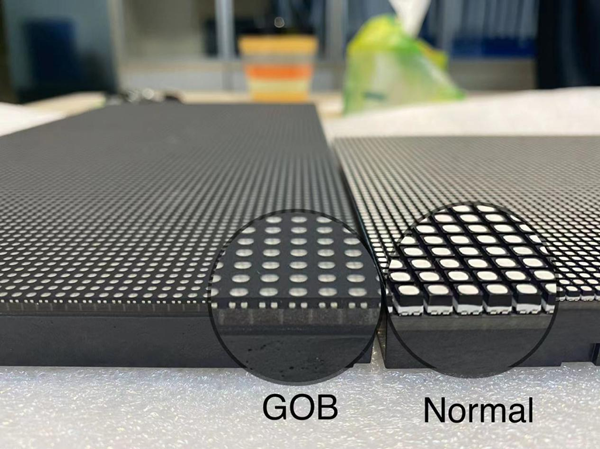How are PVA concrete fibers different from other types of concrete fibers?

Concrete fibers have become an essential component in enhancing the performance and durability of concrete structures. Among the various types of fibers available, PVA (Polyvinyl Alcohol) concrete fibers stand out for their unique characteristics and beneficial properties. In this article, we will delve into the distinctiveness of PVA concrete fibers by comparing them to other commonly used concrete fibers. By understanding their differences, you can make informed decisions when selecting the most suitable fiber reinforcement for your construction projects. Composition and Material Properties PVA concrete fibers are made from synthetic materials, specifically Polyvinyl Alcohol, which is derived from petroleum or natural gas. This composition gives PVA fibers excellent tensile strength, flexibility, and resistance to chemicals and alkaline environments. In contrast, other types of concrete fibers, such as steel fibers, glass fibers, or polypropylene fibers, have different com...


